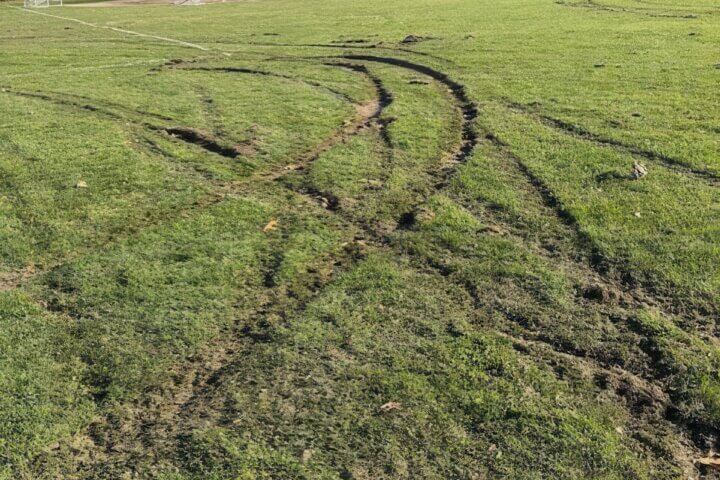The town’s large, expensive building projects are not coming before voters in the Fiscal Year 2025 budget, but they are coming, according to the Finance Committee.
The January 18 FinCom meeting focused attention on those projects and how to prepare Town Meeting voters for sticker shock over the next several years.
Capital spending is broken into three tiers. Tier 1 projects have a maximum cost of $250,000 per item and are funded with cash rather than debt. Tier 2 projects cost between $250,001 and $2,000,000 and are funded with borrowing within the levy limit. Tier 3 projects cost over $2,000,001 and are funded with excluded debt, requiring a Town Meeting vote and a subsequent ballot vote to pass.
At a recent meeting, Chief Financial Officer Anthony Ansaldi alerted the FinCom to the items in Tiers 1 and 2 that will come before Town Meeting voters and how to prepare the town for the Tier 3 projects that must be addressed.
The Tier 1 capital budget for FY25 amounts to just over $2 million, paid for with cash on hand. The budget document shows many public works projects, including engineering, highway maintenance and parks and trees. Also, the Council on Aging is slated to get a new transport vehicle, among other items.
Ansaldi said the various town departments such as public works and public safety “collaborated on priorities” to draw up a list of items he called “the best use of town funds.”
As for Tier 2, Town Manager Kerry Lafleur outlined six projects that will require borrowing, but not a debt exclusion.
Lafleur said the bulk of Tier 2 items budget are in the Public Works Department, including $2 million for road pavement management, $500,000 for traffic improvements and $418,200 for communications center upgrades at the Police Department, among the half-dozen projects.
“There are no Tier 3 items this year,” said Ansaldi, but the town can’t ignore the needs for much longer.
FinCom member Lois Wasoff said the town needs to be educated about the expensive Tier 3 projects that will need to be funded sooner or later.
She suggested FinCom hearings to flesh out “what isn’t funded but will need to be in the next several years.”
Lafleur said those projects will likely be a new public works facilities building, a new public safety facility and a new fire station on Walden Street.
“Those will come up in the coming years,” said Ansaldi.
Lafleur said about $50 to $100 million will need to be scheduled in the FY26 to FY30 timeframe, adding that there are “no firm dates” as to when those votes will come up.
FinCom member Don Kupka suggested organizing a “permanent building committee” to help prioritize the Tier 3 projects and get community buy-in early on.
Wasoff said she’s concerned about the town’s appetite for tackling expensive projects on the heels of funding the new middle school, but “it’s part of our role” to attend to the town’s long-term needs.
“We don’t want to risk the perfect being the enemy of the good,” she said. “These are important, massive projects.”
Lafleur described these decisions as difficult: “There are site considerations” for the public works and safety facilities” and “there is a level of complexity” that is different from where the school is being built.
“We knew where it would go,” she said.
But, she asked rhetorically, does a public works building stay on Keyes Road or move to 2229 Main Street, for example?
“It all has to happen,” said Wasoff. “We need to raise awareness and inform the public.”
Committee member Eric Dahlberg said they needed to “communicate the ‘why.’”
Ansaldi said in his previous job, he held an open house for the public to “see the deficiencies” in a renovation project he championed.
Public hearings throughout March on Town Meeting articles:
March 7, Finance Committee
March 12, Planning Board
March 19, Finance Committee
March 21, Finance Committee





